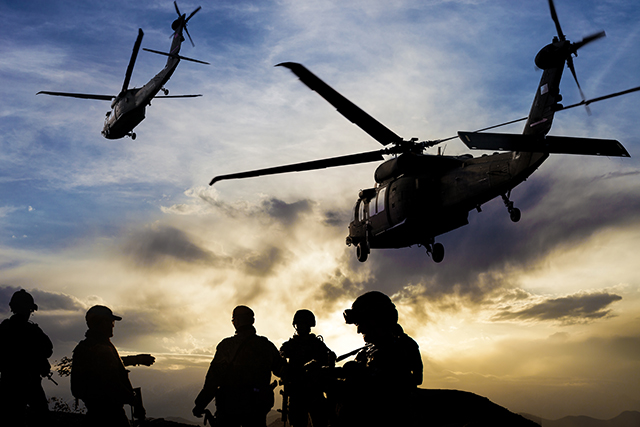We Can Do A Better Job Of Securing Our Schools When Focus On What Works
In December 2012, I was published in the Philadelphia Daily News to offer effective school safety in response to the Sandy Hook massacre.
In 2016, it was the Arizona Republic that published my five recommendations to address mass violence following the Orlando and San Bernardino attacks.
Now, seven years and numerous articles and news appearances on security later, I find myself writing again in response to the horrendous school shooting this week in Uvalde, Texas.
As a nationally-recognized subject matter expert in public safety, I find myself once again disappointed at how basic recommendations for school safety have still not been met. I am disheartened at how massacres like Uvalde are immediately politicized by the media and our political class promotes plans that have little chances of success.
Typically, in response to these horrifying acts of mass violence, Americans tend to oversimplify the issue and distract the nation toward wedge issues. This is because most citizens and lawmakers have little experience in security or violent crime, and they do not know that addressing these issues is more complex than simply “getting the guns off the street” or “stopping a bad guy with a gun.”
As someone who has conducted professional security assessments for public facilities, K-12 schools, and colleges, I have made recommendations for fundamental cultural approaches toward security in order to prevent and/or mitigate future incidents.
Sadly, in the 23 years since the Columbine High School shooting in Colorado, no substantive national policy or guidance regarding school security has been developed. This is largely because our collective response to mass violence is often pivots away from actionable ways to prevent attacks and toward wedge issues like gun control and mental health.
Thus, we lose focus on the fact that the majority of America’s schools today have little to no effective physical security measures, operational (tested) security plans, nor an insider threat investigation program. While education leaders commonly cite a lack of budget or not wanting to “turn our schools into prisons” for the lack of school security, it is clear that ignoring this threat and “hoping for the best” is an irresponsible approach.
In discussing what should be done following an attack, America often seeks a “one size fits all” approach, such as banning AR-15-platform rifles because, as the most common semi-automatic rifle purchased in the United States, they are normally the weapons used in mass shootings. However, the sole gun control “solution” rarely comes from security or law enforcement experts, as our training teaches us to focus on pragmatic approaches, such as early detection of criminal behaviors and how the perpetrator was able to access his victims, as opposed to merely the weapon used.
A more effective approach is taken in other countries, like Israel, where a global review of these incidents prompt a continual recalibration of school security, as top-down security protocols exist to address public safety vulnerabilities.
As someone who has worked closely with school districts and education department officials to conduct system-wide security assessments of operations, facilities, plans, and procedures focused on protection and prevention, I can attest that no basic guidelines exist in America as they do in Israel.
Therefore, the responsibility for creating a stepwise approach to strengthen school security measures and technologies shouldn’t be hinged on external legislation or outside agencies as the responsibility for protecting our children and teachers currently belongs to local school boards and administrators.
A good indicator of whether this responsibility is considered a priority in your area is whether or not your local school district has a dedicated security force or police agency. Major school systems like Philadelphia and New York have metal detectors in many schools, but their “school police” are unarmed and lack proper training, equipment, or legal authority. In contrast, smaller districts in states like Mississippi and Georgia have full-service school police agencies, even without distinctions like Philadelphia, which has schools consistently rated as “persistently dangerous” by the Department of Education. This is not simply a “red state vs. blue state” cultural argument, evident by the fact that Baltimore and Los Angeles have dedicated school police agencies with the capabilities and same authority as their municipal counterparts.
The presence of campus police or armed security is a sign that your local school — whether it is public, private, or faith-based — recognizes that these threats indeed exist and need to be responded to in an immediate manner. As was evident in the Parkland shooting, law enforcement tactics designed for hours-long sieges like Columbine and Beslan have shifted to active shooter incidents lasting, conservatively, two to ten minutes in length, which is far faster than the average municipal law enforcement response time. Therefore, schools need to adopt a culture of security that integrates a concentric layering of policy, procedures, and physical security measures into daily practices so that multiple, overlapping elements are in place to keep campuses safe.
" Conservative News Daily does not always share or support the views and opinions expressed here; they are just those of the writer."





